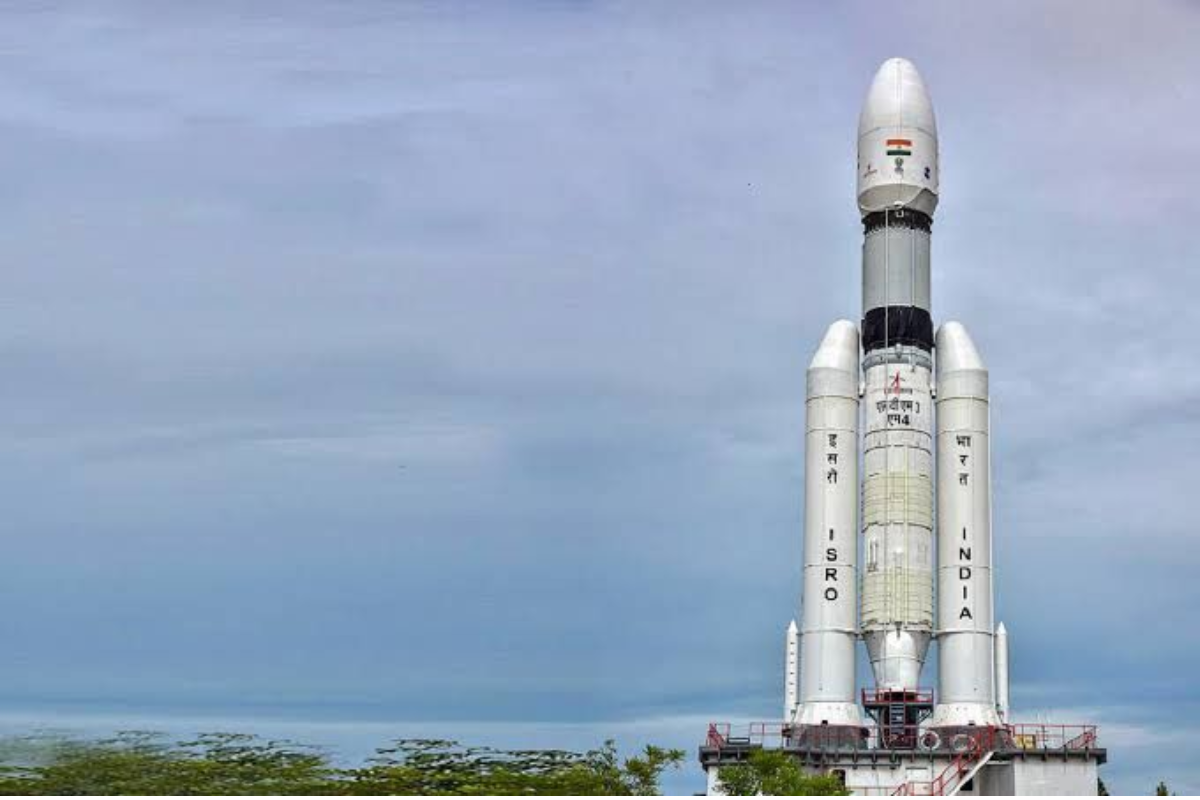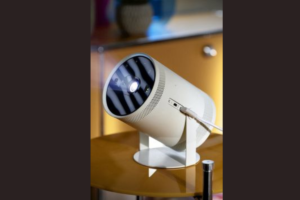On January 29, ISRO will mark a major milestone with its 100th launch, deploying a 2,250-kg navigation satellite aboard the GSLV-F15 from Sriharikota at 6:23 am. This will be the 17th flight of the GSLV and the 11th to feature an indigenously developed cryogenic engine.
The NVS-02 satellite is the second of five second-generation satellites designed to upgrade India’s navigation system, the Indian Regional Navigation Satellite System (IRNSS), also known as NavIC. These next-generation satellites have a 12-year lifespan and feature improved domestically developed atomic clocks. Additionally, they incorporate the L1 frequency, widely used in the US GPS, enabling better integration with devices like fitness trackers.
During the 19-minute mission, the satellite will be placed in a geostationary transfer orbit (170 x 36,577 km), a step toward its final geostationary position.
NavIC, consisting of seven satellites, provides navigation, positioning, and timing services across India and neighboring regions up to 1,500 km. The first satellite, IRNSS-1A, was launched in 2013 with a 10-year mission life. However, some satellites required replacements due to malfunctions in their onboard atomic clocks.
The system faced challenges over the years, including the failed launch of IRNSS-1H due to a heat shield issue and criticism over delays in user receiver development, which hindered early utilization. Despite initial setbacks, advancements have since been made, with cell phones now supporting IRNSS data.
The first of the second-generation satellites was launched in May 2024, and the upcoming launch continues ISRO’s efforts to enhance the system’s accuracy and reliability.



